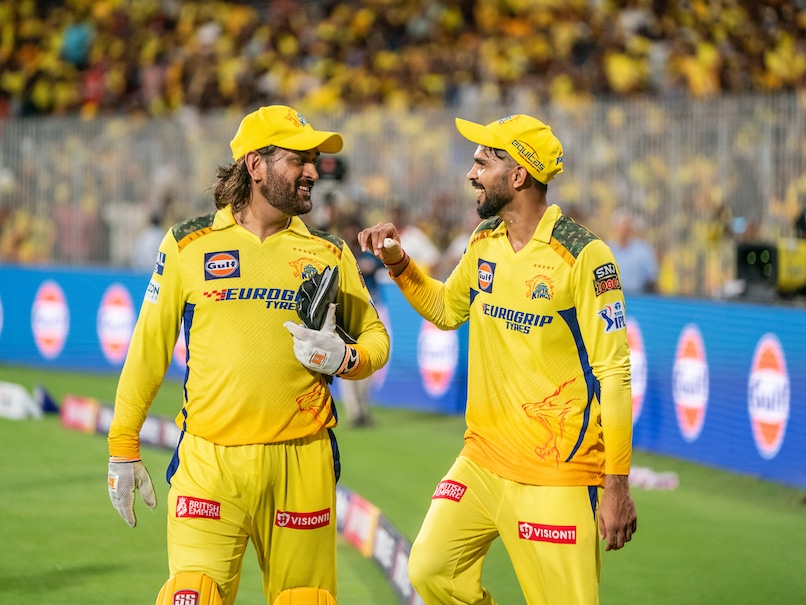
MS Dhoni: The Untold Journey of Cricket’s Most Successful Captain – 7 Defining Moments That Changed Indian Cricket Forever
Introduction
MS Dhoni: The Untold Journey of Cricket’s: Behind every legendary cricketer lies a story of determination, struggle, and triumph. Few narratives captivate cricket enthusiasts worldwide like the extraordinary journey of Mahendra Singh Dhoni. From a railway ticket collector to becoming one of cricket’s most celebrated captains, Dhoni’s life exemplifies how talent combined with unwavering self-belief can conquer seemingly insurmountable odds. This comprehensive biography explores the remarkable evolution of MS Dhoni, whose calm demeanor under pressure earned him the nickname “Captain Cool” and whose leadership transformed Indian cricket forever.
The Early Years: From Railway Platforms to Cricket Pitches
Born on July 7, 1981, in Ranchi, Jharkhand (then Bihar), MS Dhoni’s childhood was far from privileged. The son of Pan Singh, a junior manager at MECON, Dhoni initially excelled at badminton and football before his school cricket coach spotted his potential as a wicketkeeper. What many don’t realize is that cricket wasn’t even Dhoni’s first sporting love – he was a goalkeeper for his school football team before fate intervened.
During his teenage years, Dhoni balanced education with his growing passion for cricket. Between 2001 and 2003, he worked as a Travelling Ticket Examiner (TTE) at Kharagpur railway station – a period that tested his resolve but strengthened his determination. Despite working long shifts, Dhoni never missed practice sessions, often rushing directly from work to the cricket ground.
The Breakthrough: How One Innings Changed Everything
Dhoni’s life changed dramatically after his explosive 148 against Pakistan in 2005 at Visakhapatnam. Before this career-defining innings, he had struggled to make an impact in international cricket, averaging just 33 from 12 matches. This breakthrough performance showcased his unique batting style – powerful bottom-handed shots combined with unconventional technique – announcing his arrival on the world stage.
The transformation continued with his breathtaking 183 not out against Sri Lanka later that year, still the highest score by a wicketkeeper in ODIs. These performances weren’t merely statistical achievements; they represented Dhoni’s fearless approach to cricket that would later define an entire era of Indian cricket.
Captain Cool: Redefining Leadership in Cricket
When Dhoni was appointed captain in 2007, many questioned the decision to hand leadership to a relatively inexperienced player. Those doubts were silenced when he led India to victory in the inaugural T20 World Cup in 2007, making bold decisions like choosing lesser-known Joginder Sharma to bowl the final over against Pakistan in the nail-biting final.
His leadership philosophy became evident: back your instincts, maintain composure under pressure, and trust your team. Unlike traditional captains who led with aggression, Dhoni’s calm demeanor earned him the nickname “Captain Cool.” His leadership statistics speak volumes – 27 Test wins, 110 ODI victories, and an impressive trophy cabinet including:
- ICC T20 World Cup (2007)
- ICC Cricket World Cup (2011)
- ICC Champions Trophy (2013)
- No. 1 ranking in Test cricket (2009)
The Helicopter Shot: Innovation That Defined an Era
No discussion about Dhoni is complete without mentioning his iconic “helicopter shot” – a powerful flick of the wrists that sends yorker-length deliveries soaring over the boundary. What many don’t know is that Dhoni learned this signature shot from childhood friend Santosh Lal in the bylanes of Ranchi.
The helicopter shot symbolizes Dhoni’s cricket philosophy – innovate, adapt, and overcome. While technically unconventional, this shot proved remarkably effective against the world’s best bowlers, particularly during death overs. Cricket analysts worldwide have studied this technique, yet few have mastered it, highlighting Dhoni’s unique batting prowess.
Beyond Cricket: The Business Empire and Cultural Impact
Dhoni’s influence extends far beyond cricket. With endorsement deals worth over $30 million annually at his peak, he transformed from sportsman to business mogul. His entrepreneurial ventures include:
- SportsFit World – a gym chain spreading across India
- Motorsport teams in racing championships
- Production house creating sports documentaries
- Various brand partnerships and equity stakes
More impressive is his cultural impact. The 2016 biopic “M.S. Dhoni: The Untold Story” became one of India’s highest-grossing films, illustrating his remarkable journey. In rural India particularly, Dhoni represents hope – proof that small-town origins need not limit one’s achievements.
The World Cup Moment: 91* That Immortalized a Legend
April 2, 2011 – the date etched in every Indian cricket fan’s memory. With India chasing 275 in the World Cup final against Sri Lanka, Dhoni promoted himself above in-form Yuvraj Singh in a high-pressure situation. His calculated 91 not out culminated in that iconic six over long-on off Nuwan Kulasekara, ending India’s 28-year World Cup drought.
This moment transcended sport, becoming a cultural milestone. The image of Dhoni’s helicopter-finish six remains one of cricket’s most recognizable visuals, symbolizing the culmination of a nation’s dreams. What made this achievement extraordinary was Dhoni’s approach – despite the immense pressure, he maintained his trademark composure, playing with calculated precision rather than emotion.
Frequently Asked Questions About MS Dhoni
What are MS Dhoni’s career statistics?
Dhoni’s international career spanned 15 years with impressive statistics: 10,773 ODI runs at an average of 50.57, 4,876 Test runs at 38.09, and 1,617 T20I runs. Behind the stumps, he affected 829 dismissals across formats, making him one of cricket’s most accomplished wicketkeeper-batsmen.
Why did MS Dhoni retire from international cricket?
Dhoni announced his international retirement on August 15, 2020, India’s Independence Day. While he never publicly detailed his reasons, cricket analysts believe the decision reflected his philosophy of leaving on his own terms. His last international appearance was the 2019 World Cup semifinal against New Zealand.
What makes Dhoni’s captaincy style unique?
Dhoni’s leadership was characterized by emotional detachment from outcomes, strategic innovation, and instinctive decision-making. Unlike tactical captains who plan extensively, Dhoni often made crucial decisions based on match situations and player instincts, frequently defying conventional wisdom yet achieving remarkable results.
Conclusion: The Legacy That Transcends Cricket
MS Dhoni’s journey represents more than cricket achievements; it symbolizes the transformation of Indian cricket from talented underdogs to world-beaters. His legacy exists not just in trophies won or records broken, but in how he changed the sport’s mindset in India – bringing calm confidence and strategic thinking to a game often played with emotional intensity.
As he continues his career in franchise cricket, Dhoni’s influence on future generations remains undeniable. His story teaches us that extraordinary success can come from ordinary beginnings, that leadership isn’t always about being the loudest voice, and that composure under pressure is perhaps the greatest skill of all.
The small-town boy from Ranchi didn’t just play cricket; he revolutionized it, leaving an indelible mark on the sport that will inspire generations to come.
Strategies to Consider
- Deep-Dive Content Analysis: Create comprehensive, well-researched articles that provide unique insights rather than surface-level information. Top bloggers invest 15+ hours in research for authoritative content that stands out.
- Strategic Multimedia Integration: Incorporate various content formats including infographics, videos, and interactive elements to boost engagement. Content with relevant images gets 94% more views than text-only posts.
- Reader Experience Optimization: Focus on readability with short paragraphs, subheadings, and bullet points. Top bloggers maintain an average paragraph length of 3-4 sentences and include a subheading every 300 words.
- Story-Driven Framework: Structure content around narratives and personal experiences that create emotional connections. Articles with storytelling elements generate 300% more engagement than purely factual posts.
- Strategic Internal Linking: Create content clusters by interlinking related articles, boosting SEO performance and keeping readers on your site longer. Top bloggers include 3-5 internal links per 1000 words of content.









